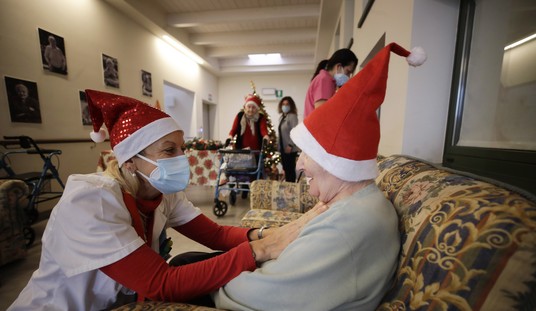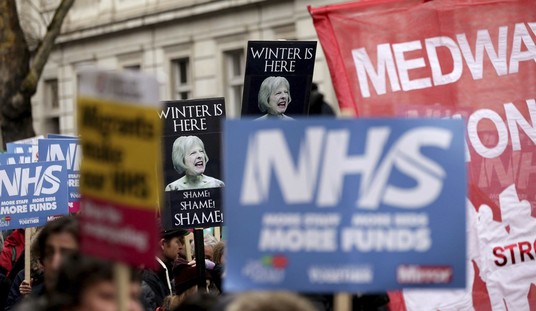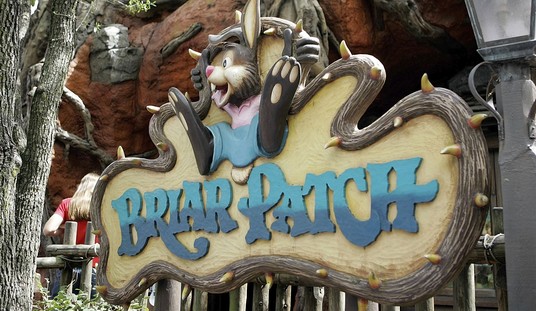The New York Times never seems to miss a chance to tout the unpopularity of the Tea Party. Anytime I see a headline to the effect that the Tea Party’s influence and image are diminishing, the source is almost guaranteed to be that national paper of record. And yet and yet — the latest iteration of articled antipathy toward the Tea Party in the NYT made for far more compelling reading than the pieces I routinely dismiss.
The poll in question in the article yesterday was actually a survey begun in 2006 — before the Tea Party even existed. The researchers — David E. Campbell, a political science professor at Notre Dame, and Robert D. Putnam, a professor of public policy at Harvard — interviewed a representative sample of 3,000 Americans as to their political attitudes — and tracked them to today. Their findings dispel some commonly held perceptions of Tea Partiers. Among them:
- The Tea Party is hardly a bipartisan or nonpartisan movement. In fact, past Republican affiliation is the single strongest predictor of Tea Party support today. Michele Bachmann might like to hype “Tea Party Democrats,” but Campbell and Putnam suggest the bulk of Tea Partiers today were originally strong R’s. (Of course, that’s not entirely surprising: Tea Partiers stand for smaller government and the GOP has always been the party of “slightly less large government.” Establishment Republicans in the federal government have contributed to the astronomical growth of government — but they are also usually responsible for any efforts at restraint, as well.)
- Few Tea Partiers were nonpolitical neophytes when they encountered the movement, as is popularly projected: Many had contacted their congressmen even before they became affiliated with the Tea Party. That suggests Tea Partiers had incipient tendencies toward activism before they coalesced into an important force.
- But, most importantly, while Tea Party spokespeople often emphasize the fiscal emphasis of the movement, fiscal issues are by no means the only Tea Party priority. Next to being a Republican, the strongest predictor of being a Tea Party supporter today was a desire, back in 2006, to see religion play a prominent role in politics.
Campbell and Putnam speculate this last reason contributes mightily to the Tea Party’s popularity — which they found to be lower than the popularity of Muslims and atheists. “It is precisely this infusion of religion into politics that most Americans increasingly oppose,” they write. “While over the last five years Americans have become slightly more conservative economically, they have swung even further in opposition to mingling religion and politics.”
And if, in fact, Tea Partiers misunderstand freedom of religion, if they seek to form a Christian state rather than to renew the culture or simply to ensure the state does not interfere with the church, then perhaps their unpopularity is warranted. But by and large, of course, that’s not the case.
It’s hard not to think some part of the Tea Party’s poor public image comes less from anything inherently true about Tea Partiers themselves and more from misunderstandings about Tea Party aims and methods. It also surely doesn’t help that Democrats routinely refer to Tea Partiers with terms like “terrorists” and “tyrants.”








Join the conversation as a VIP Member